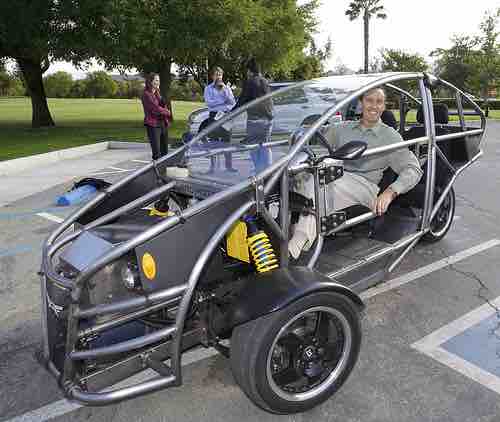New Product Development Process
There are several stages in the new product development process–not always followed in order:
Idea Generation
Generating new product ideas is a creative task that requires a specific way of thinking. Ideas for new products can be obtained from customers (employing user innovation), the company's R&D department, competitors, focus groups, employees, sales people, corporate spies, trade shows, or through a policy of Open Innovation. Formal idea generating techniques include attribute listing, forced relationships, brainstorming, morphological analysis, and problem analysis.
Idea Screening
The second step in the product development process is screening. It is a critical part of the development activity. The object is to eliminate unsound concepts prior to devoting resources to them. The screeners must ask at least three questions:
- Will the customer in the target market benefit from the product?
- Is it technically feasible to manufacture the product?
- Will the product be profitable when manufactured and delivered to the customer at the target price?
Business Analysis
After the various product ideas survive their initial screening, very few viable proposals will remain. Before the development of prototypes can be decided upon, however, a further evaluation will be conducted to gather additional information on these remaining ideas in order to justify the enormous costs required. The focus of the business analysis is primarily on profits, but other considerations, such as social responsibilities, may also be involved. Management must:
- Estimate the likely selling price based upon competition and customer feedback.
- Estimate sales volume based upon size of market.
- Estimate profitability and the break even point.
Technical and Marketing Development
A product that has passed the screening and business analysis stages is ready for technical and marketing development. Technical development involves two steps. The first is the applied laboratory research required to develop exact product specifications.The goal of this research is to construct a prototype model of the product that can be subjected to further study. Once the prototype has been created, manufacturing-methods research can be undertaken to plan the best way of making the product in commercial quantities under normal manufacturing conditions. This is an extremely important step, because there is a significant distinction between what an engineer can assemble in a laboratory and what a factory worker can produce.

Prototypes
One step in the product development process is technical development.
While the laboratory technicians are working on the prototype, the marketing department is responsible for testing the new product with its intended consumers and developing the other elements of the marketing mix. They must ask the following questions:
- Who is the target market, and who is the decision maker in the purchasing process?
- What product features must the product incorporate?
- What benefits will the product provide?
- How will consumers react to the product?
- How will the product be produced most cost effectively?
- What will it cost to produce it?
Marketers must then prove feasibility through a virtual computer-aided rendering and rapid prototyping, and test the concept by asking a sample of prospective customers what they think of the idea.
Manufacturing Planning
Assuming that the product has cleared the technical and marketing development stage, the manufacturing department is asked to prepare plans for producing it. The plan begins with an appraisal of the existing production plant and the necessary tooling required to achieve the most economical production. Compromise between attractiveness and economy is often necessary. Finally, manufacturing planning must consider how to secure the availability of required funds, facilities, and personnel at the intended time, as well as the methods of coordinating this effort.
Marketing Planning
It is at this point that the product planner must prepare a complete marketing plan–one that starts with a statement of objectives and ends with the fusion of product, distribution, promotion, and pricing into an integrated program of marketing action.
Test Marketing
Test marketing is the final step before commercialization; the objective is to test all the variabilites in the marketing plan including elements of the product.
Commercialization (often considered post-NPD)
At last, the product is ready to go. It has survived the development process, and it is now on the way to commercial success. How can it be guided to that marketing success? It is the purpose of the lifecycle marketing plan to answer this question. Such a complete marketing program will, of course, involve additional decisions about distribution, promotion, and pricing.